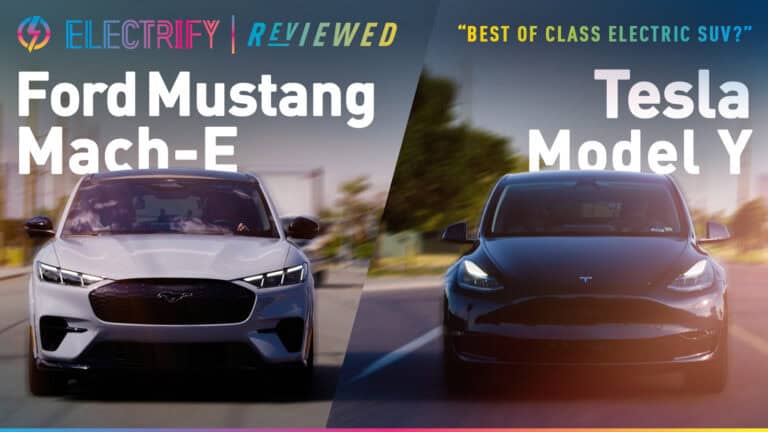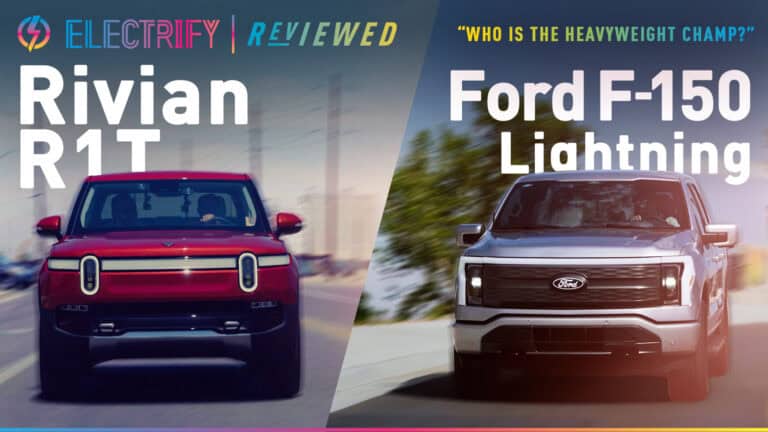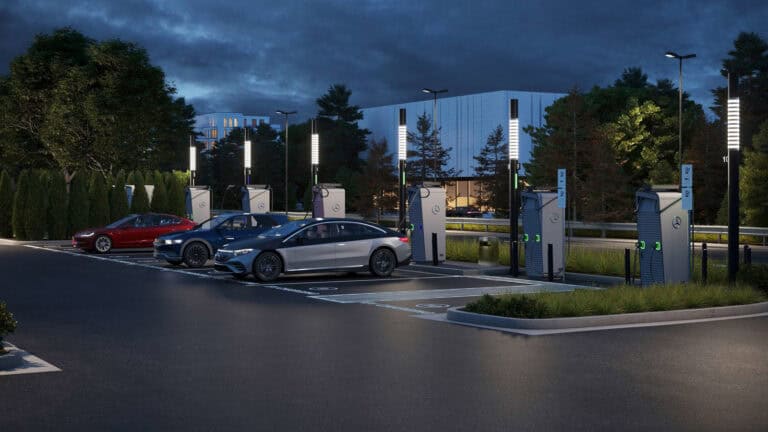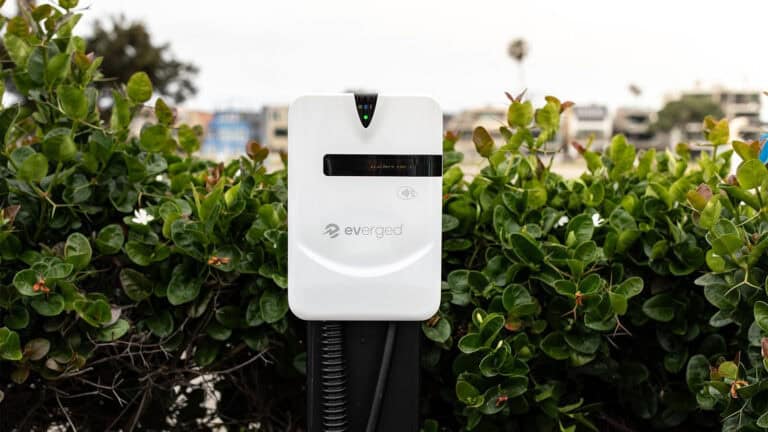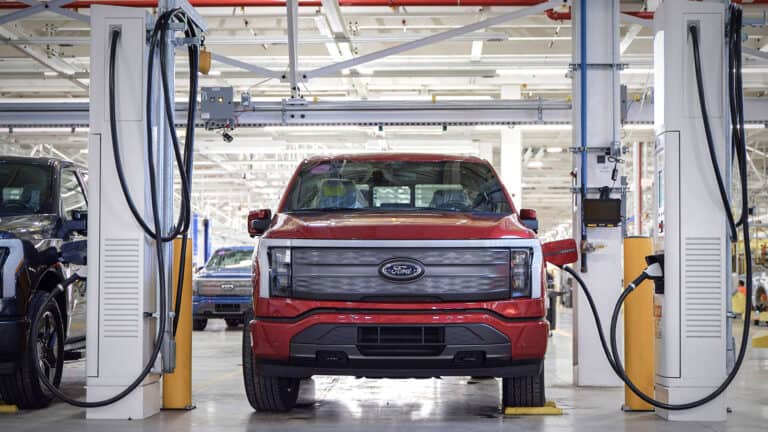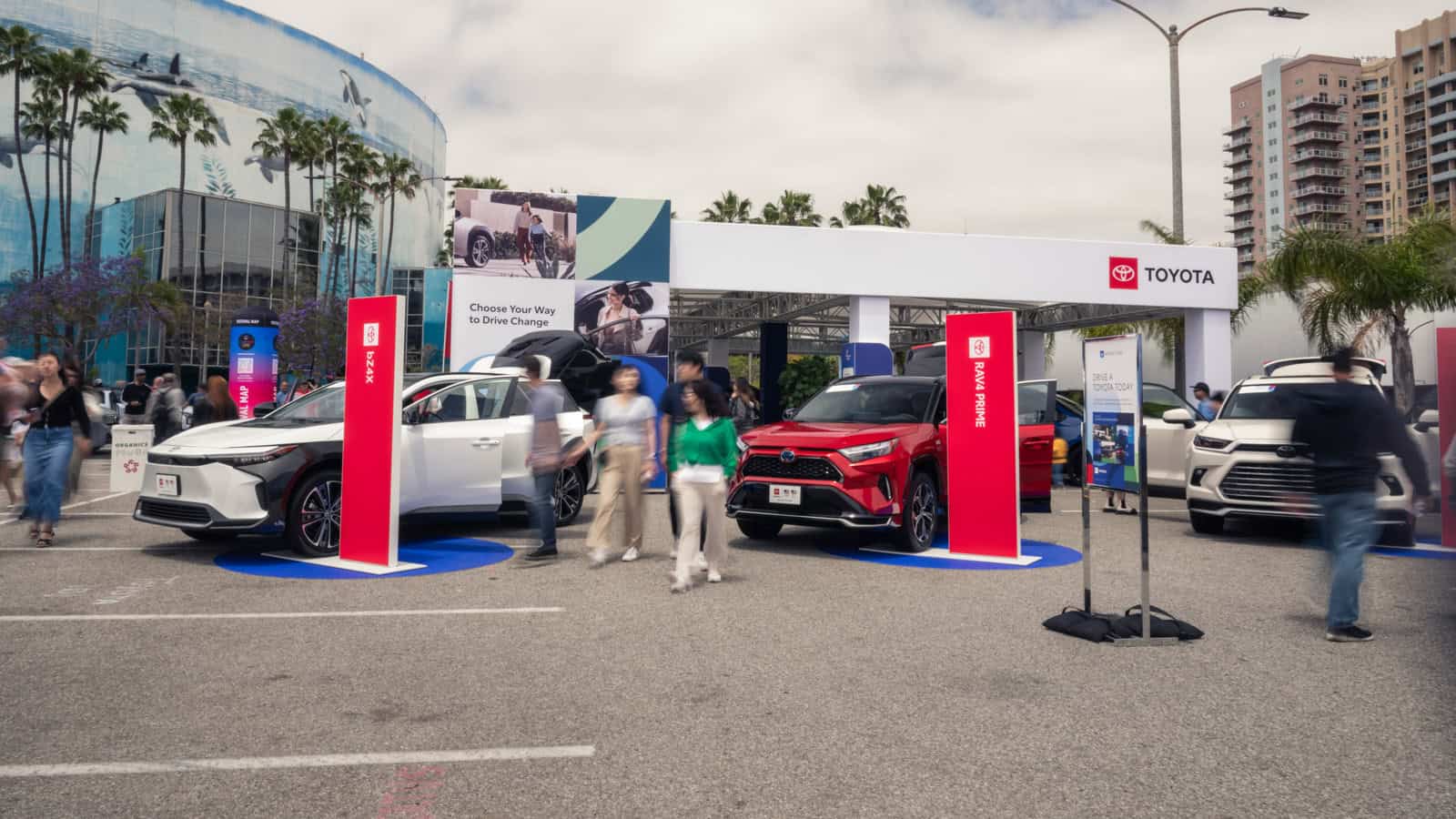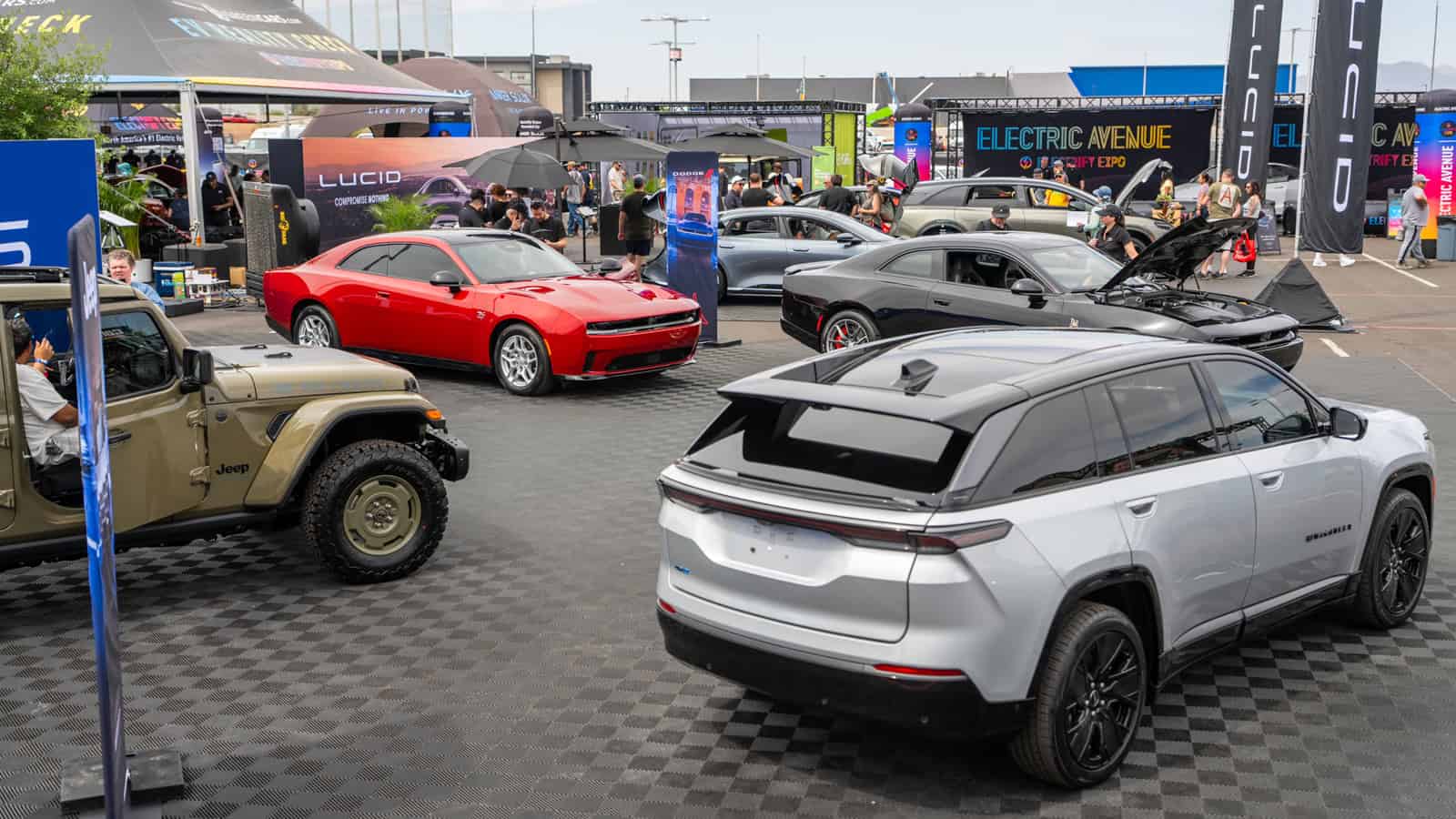- The federal electric car rebate offers up to $7500 for new EVs and $4000 for used ones.
- Income limits for the rebate are $300,000 for joint filers and $150,000 for individuals.
- Leasing an EV can qualify for a $7500 commercial credit with fewer restrictions.
ADVERTISEMENT
If you are researching or shopping for an electric vehicle in 2025, you have likely come across the updates to the federal tax credit that offer up to $7,500 for electric vehicles (EVs) and plug-in hybrid electric vehicles (PHEVs). These changes, which began in January 2024, are part of an overhaul that started in 2022, introducing new requirements for buyer eligibility and battery sourcing.
The battery rules, which are designed to reduce reliance on foreign materials, are becoming stricter each year during the program’s 10-year span. This means the list of qualifying vehicles is constantly evolving as automakers work to meet these requirements.
ADVERTISEMENT
What Is the Federal Electric Car Rebate?
The federal tax credit for electric cars remains a critical factor for EV buyers, and is designed to make buying an EV or PHEV more affordable.
For 2025, you could save up to $7,500 on a new EV and up to $4,000 on a qualifying used one. Not all vehicles qualify, and the rules are stricter than ever.
The credit is divided into two parts: $3,750 is awarded for meeting battery component production requirements, and another $3,750 is granted for sourcing critical minerals according to set guidelines. Vehicles that meet both criteria qualify for the full $7,500 credit. Vehicles meeting only one requirement can still qualify for $3,750, which remains a valuable incentive.
As of January 1, 2024, you can claim the rebate at the time of purchase. This allows you to receive the discount upfront, rather than waiting until tax season. The IRS explains that this option allows consumers to reduce the vehicle’s price without impacting their immediate cash flow. That certainly makes buying an electric vehicle more appealing, don’t you think?
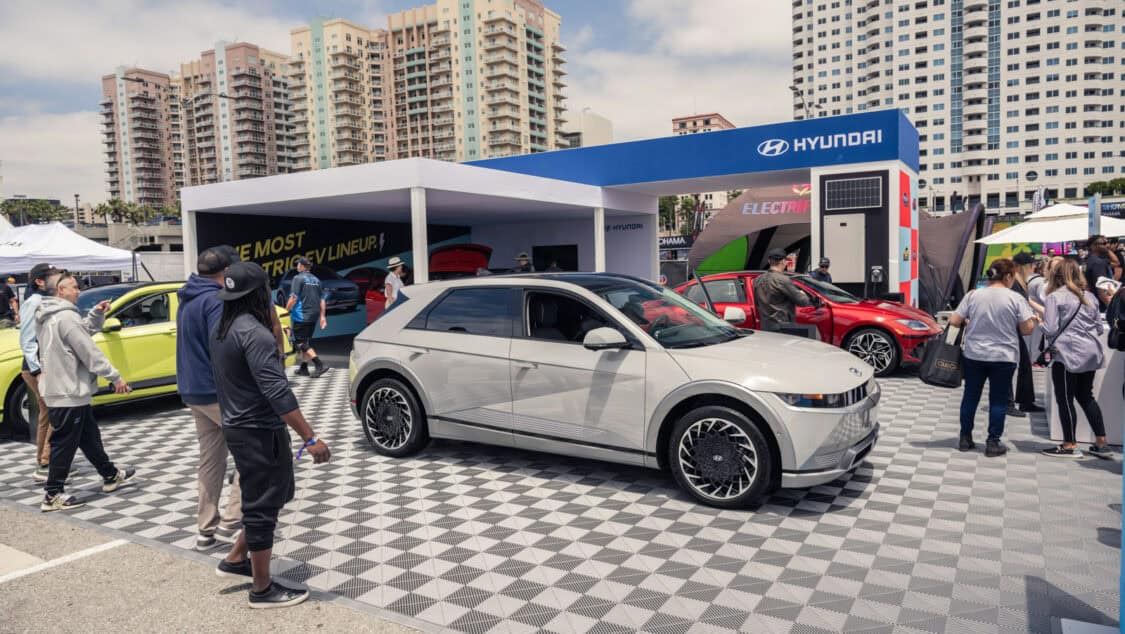
Who Can Get the Rebate?
Eligibility is not universal, so it is important to understand the numbers. Your adjusted gross income (AGI) must fall below the specified limits to qualify.
Income caps:
- $300,000 for joint filers
- $225,000 for heads of households
- $150,000 for single filers
Vehicle requirements:
- Assembly in North America.
- Battery components and critical materials sourced according to federal guidelines.
MSRP limits:
- $55,000 for cars, wagons, and hatchbacks.
- $80,000 for SUVs, vans, and trucks.
As for the vehicles, the rules focus heavily on battery component production and material sourcing, favoring North American manufacturing and countries with free-trade agreements with the U.S.
ADVERTISEMENT
Which Electric Cars Qualify for the Tax Rebate?
Eligibility can change throughout the year as automakers adjust their manufacturing processes to meet the criteria. Below is a detailed table of vehicles currently eligible for the full federal tax credit for electric cars:
| Year | Make | Model | Vehicle Type | Credit Amount | MSRP Limit |
| 2024–2025 | Acura | ZDX | EV | $7,500 | $80,000 |
| 2024–2025 | Cadillac | LYRIQ (Luxury & Sport Models) | EV | $7,500 | $80,000 |
| 2025 | Cadillac | OPTIQ | EV | $7,500 | $80,000 |
| 2026 | Cadillac | VISTIQ | EV | $7,500 | $80,000 |
| 2024–2025 | Chevrolet | Blazer EV (LT, RS & SS Models) | EV | $7,500 | $80,000 |
| 2024–2025 | Chevrolet | Equinox EV (LT & RS Models) | EV | $7,500 | $80,000 |
| 2025 | Chevrolet | Silverado EV (LT Model) | EV | $7,500 | $80,000 |
| 2024–2025 | Chrysler | Pacifica PHEV | PHEV | $7,500 | $80,000 |
| 2024–2025 | Ford | F-150 Lightning (FLASH trim) | EV | $7,500 | $80,000 |
| 2023–2025 | Ford | F-150 Lightning (LARIAT trim) | EV | $7,500 | $80,000 |
| 2023–2025 | Ford | F-150 Lightning (XLT trim) | EV | $7,500 | $80,000 |
| 2024–2025 | Honda | Prologue | EV | $7,500 | $80,000 |
| 2025 | Jeep | Wagoneer S | EV | $7,500 | $80,000 |
| 2025 | Kia | EV6 | EV | $7,500 | $80,000 |
| 2026 | Kia | EV9 | EV | $7,500 | $80,000 |
| 2025 | Tesla | Cybertruck Single Motor | EV | $7,500 | $80,000 |
| 2025 | Tesla | Cybertruck Long Range | EV | $7,500 | $80,000 |
| 2025 | Tesla | Cybertruck Dual Motor | EV | $7,500 | $80,000 |
| 2025 | Tesla | Model 3 Long Range All-Wheel Drive | EV | $7,500 | $80,000 |
| 2025 | Tesla | Model 3 Long Range Rear-Wheel Drive | EV | $7,500 | $80,000 |
| 2025 | Tesla | Model 3 Performance | EV | $7,500 | $80,000 |
| 2025 | Tesla | Model X All-Wheel Drive | EV | $7,500 | $80,000 |
| 2025 | Tesla | Model Y Long Range All-Wheel Drive | EV | $7,500 | $80,000 |
| 2025 | Tesla | Model Y Long Range Rear-Wheel Drive | EV | $7,500 | $80,000 |
| 2025 | Tesla | Model Y Performance | EV | $7,500 | $80,000 |
Pro tip: Always verify eligibility by checking the Vehicle Identification Number (VIN) using the Department of Energy’s VIN check tool. It’s better to be safe than sorry.
ADVERTISEMENT
Leasing an EV? You Have Options
If buying a new EV outright is not for you, leasing could be a smart alternative. While you cannot claim the federal rebate directly when leasing, the commercial credit of $7,500 still applies.
Here’s how it works. The leasing company, which technically purchases the vehicle, claims the credit. Some automakers then pass this value to you through reduced monthly lease payments. You can check out CarsDirect for the latest lease deals on EVs and see how much you can save.
What makes the commercial credit unique?
- No income limits for the lessee.
- No restrictions on vehicle price.
- A broader range of eligible EVs, as battery sourcing and assembly rules do not apply.
But be cautious, not all leasing companies pass the savings on, so confirm the details before signing.
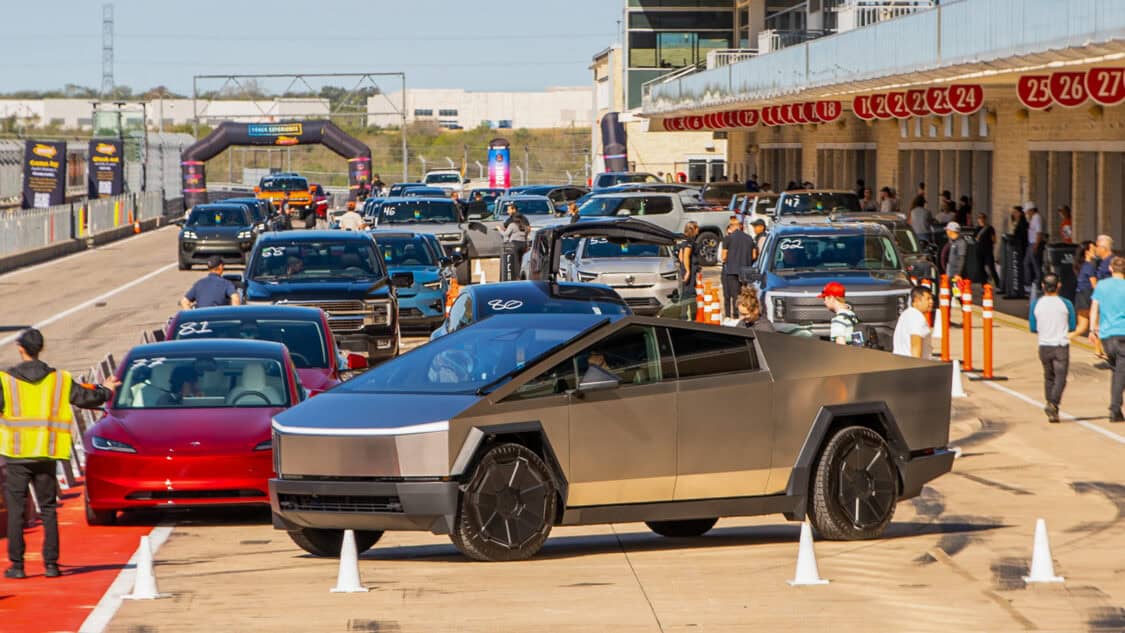
Claiming the Credit
If you are buying a qualifying EV in 2025, you have two options to claim the rebate:
- At the Dealership: Transfer the credit directly to the dealer. This reduces your upfront cost, regardless of your tax liability.
- On Your Tax Return: File IRS Form 8936 when you do your taxes. Keep in mind, this only works if you owe enough in federal taxes to use the credit.
Rebates for Used EVs
Used EVs also qualify for a federal rebate, offering up to $4,000 or 30% of the sale price, whichever is lower. To qualify:
- The vehicle’s sale price must be $25,000 or less.
- It must be at least two model years old.
- Income caps for buyers:
- $150,000 for joint filers.
- $112,500 for heads of households.
- $75,000 for single filers.
ADVERTISEMENT
How Many Credits Can You Claim?
Under current rules, buyers can claim up to two credits per year for new EVs if transferred to a dealer. However, used vehicle credits are stricter, only one every three years per taxpayer.
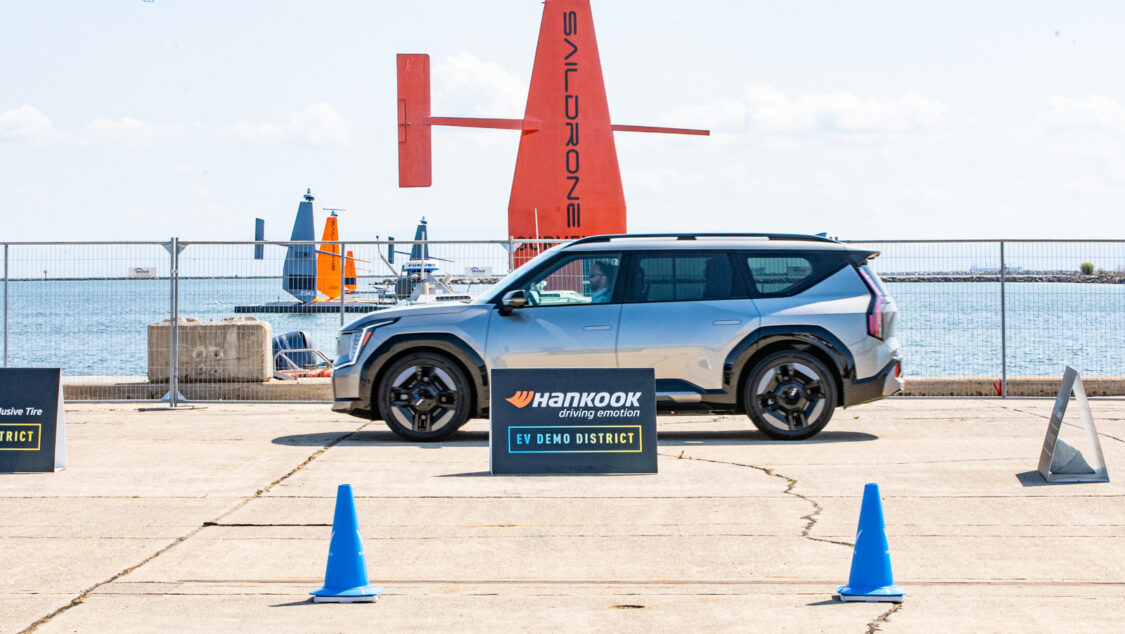
State and Local EV Incentives
Do not forget to check for state and local EV incentives. Many states offer rebates or tax credits, often with fewer restrictions than the federal program. Some even provide subsidies for home charging equipment. The Department of Energy offers a detailed list of state-specific programs to help you maximize your savings.
ADVERTISEMENT
Maximize Your Savings With the Federal Electric Car Rebate
- Verify Eligibility: Use the Department of Energy’s VIN check tool to ensure the specific vehicle you are considering qualifies for the rebate.
- Stay Within Income Limits: The income caps are strict, and exceeding them will require you to repay the credit to the IRS.
- Choose a Transparent Dealer: Work with dealerships that are knowledgeable about the rebate process and provide clear, upfront pricing.
With so many ways to benefit from the federal electric car rebate, the only question is: what’s stopping you? Whether you’re buying, leasing, or going for a used EV, there’s an option that fits your budget and lifestyle. Switching to an electric car not only saves money at the pump but also puts thousands back in your pocket through the rebate, if you understand how it works.
Whether you’re eyeing a Tesla, Chevrolet, Ford, Hyundai, or another brand, preparation is the key to maximizing your savings. After all, who doesn’t want a little extra cash while making a smarter choice for their next vehicle?
ADVERTISEMENT

IMAGES: ELECTRIFY EXPO
FTC: We use income-earning auto affiliate links. Learn more.



